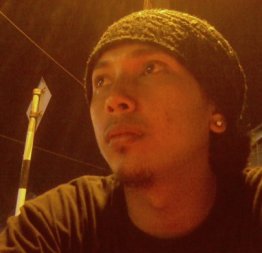Reality in Wonderland by KONG YEE
>> 07 July 2009
In this new series, Reality in Wonderland, Kong Yee strived to capture the essence of the places he has visited in his artistic productions. The images are the results of permutations derived from tedious experiments. Viewers who have travelled extensively may be treated with familiar sights. Yet, their orientation of the norm may be derailed when reading the art works. The manipulation of images creates new methods of perceiving reality. Kong Yee has bent the rules of nature creating a matrix in his wonderland. His paintings are realistic images injected with fantastical ingredients. Indeed, this is a welcome approach to view the world around us. The process of oscillating from one trajectory to another in the reading of the paintings is highly interesting. Kong Yee’s unique and individualistic style has defied common logic in projecting a transcendental experience. His development and artistic maturity is clearly evident in this presentation of his painterly realm.
In a decade of practice, Kong Yee has developed significantly in aspects of concept and technical competency. He was also actively engaged in various art activities. Since 2000, this prolific artist has exhibited widely in Malaysia and the international arena. In 2007, Kong Yee was part of a two-man show at Wei-Ling Gallery. He participated in a seminar/workshop/exhibition as an invited artist at the Cluj-Napoca Art Museum, Romania in 2004. Kong Yee was also selected for local art residency programs in 2004 and 2002. This talented artist was the recipient of an award from the prestigious Philip Morris Group of Companies ASEAN Art 2000 competition. His works are now in the collection of various organisations locally and abroad.











0 comments:
Post a Comment